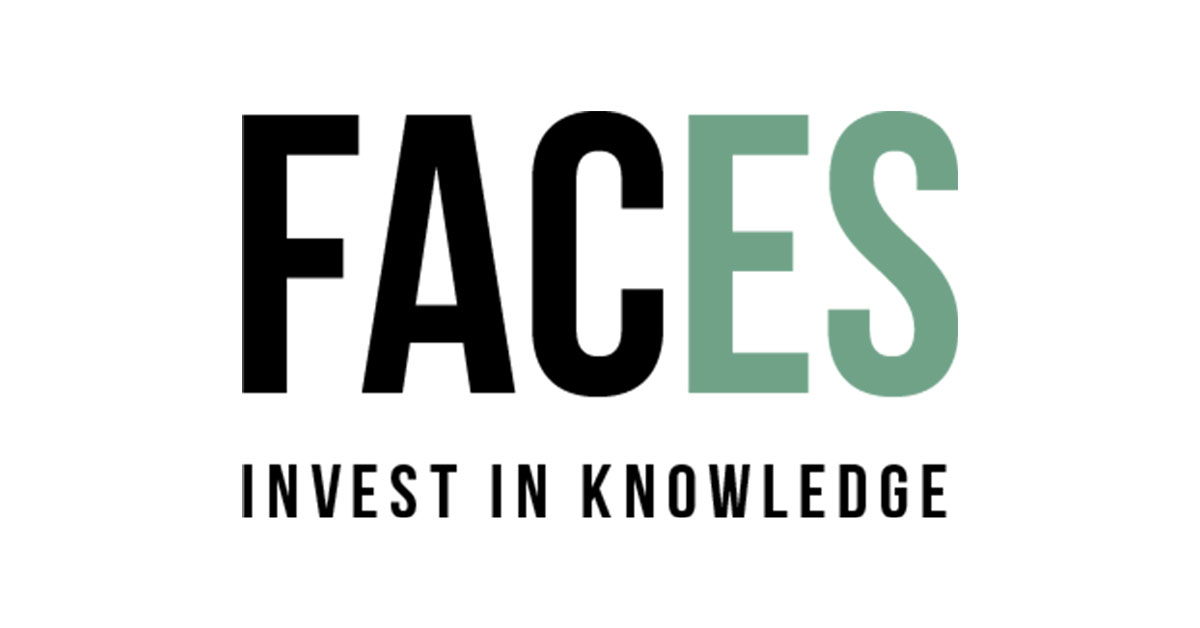In 2014 it was announced that a very special legal proceedings was about to start. The BVB, which stands for “De Bond voor Belastingbetalers”, has started a proceedings on the legitimacy of the income taxation in box 3 of the personal income tax (taxation on income on private capital). According to the Bond that charge is unlawful because the flat-rate charge for many savers and investors turns out to be higher than the yield that they make on their money. This tax is an expropriation, which is contrary to the right of property ownership that is protected under the First Protocol of the European Convention on human rights (see www.belastingbelangen.nl). A short numerical example explains what they mean by this. Suppose Mrs. van L. has private capital of €100,000 in box 3. This capital is put away on a savings account. She will receive 1% interest of the bank on this account, thus € 1,000. On the basis of the Income Tax Act 2001 she shall be deemed to make a 4% return (i.e. € 4,000) and she pays a 30% income tax (i.e. € 1,200). Mrs. van L. therefore pays income tax of € 1,200 and realizes a capital gain of € 1,000. So, a taxation of more than 100%. For the ease of use I disregard the general exemption of more than € 20,000 in box 3.
A special and exciting procedure. I suspect that the legislator has no confidence in a good outcome. I conclude this from the fact that an amendment of the ITA 2001 is proposed in the Tax Plan 2016 with respect to box 3. At the beginning of 2017 the legislator wants to revise box 3, so that on average it will be better in line with the actual returns earned by taxpayers in previous years (See “Memorie van Toelichting op het Belastingplan 2016”, p. 9 and further). In short, the deemed income between €25.000 and €100.000 will be 2,9%, up to €1.000.000 the deemed income will be 4,7% and above that it will be 5,5%.
Still the new revised tax law has a degressive tax rate. In other words, when a taxpayer has gained a high amount of profit in box 3, he has to pay a relative lower tax rate. Furthermore, the tax rate of 2,9% is the fourfold of the common interest rate. Thus, to be straight to the point, the new tax system proposed in the annual tax plan has some serious drawbacks. Moreover, I don’t understand why the new tax system will be adopted in 2017. Consequently, taxpayers in 2016 still face the unfair tax rates of box 3. This tax system has been unfair for years, so an adaption of a new system should obviously occur in 2016 instead of 2017. Maybe because of budgetary reasons, but I am not sure about that. Moreover, it is very important that the State Secretary for Finance gives a clear statement about the future of box 3 related to the procedure stated before. In that case, the judge has the ability to take this in account during the court.
One of the main criticisms of the new tax proposal, is the absence of a tax system based on real returns instead on a fictitious rate of return. A system based on real returns is the best one. At the same time, I realise we have to avoid the same mistake made in the ITA 1964. This system was based on real returns (interests, dividends etc.). Taxpayers avoided tax payments, because the increase in the value of the source itself was not included in the law. For example, an increase in the value of stocks or buildings were not taxed. So in a good box 3 system also the increase of the source itself had to be taken into account.
One does not need to be a clairvoyant to be able to predict that the new tax system of box 3 will not last long. Tax law specialists in the Netherlands responded immediately by predicting the avoiding of tax payments, because box 2 is beneficial for high net-worth individuals.
To conclude, the legislator chooses a complex modified system. But there are still a lot of drawbacks associated with this modified system. It does not make it any simpler. Maybe the legislator should have chosen for a more familiarized system. That system would set the exemption in box 3 at €100.000 and everything above that would be taxed at a fictional return of 4%. Theoretically it remains false, but it is very simple and there will not be much resistance I suspect.
















